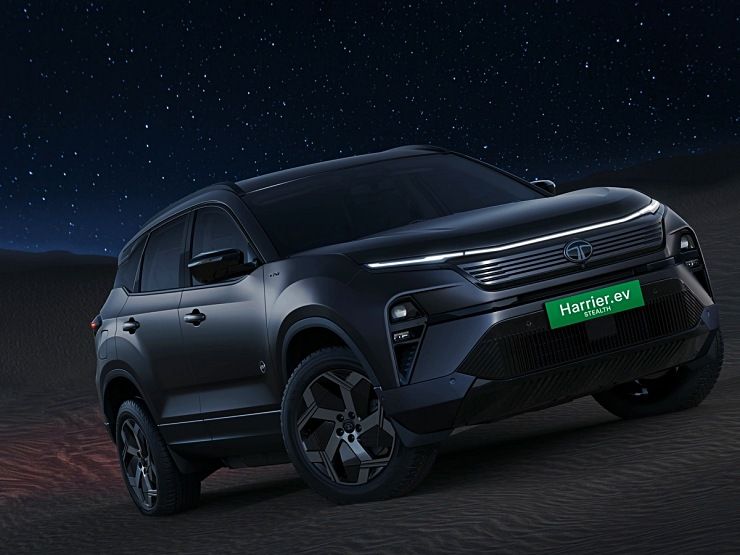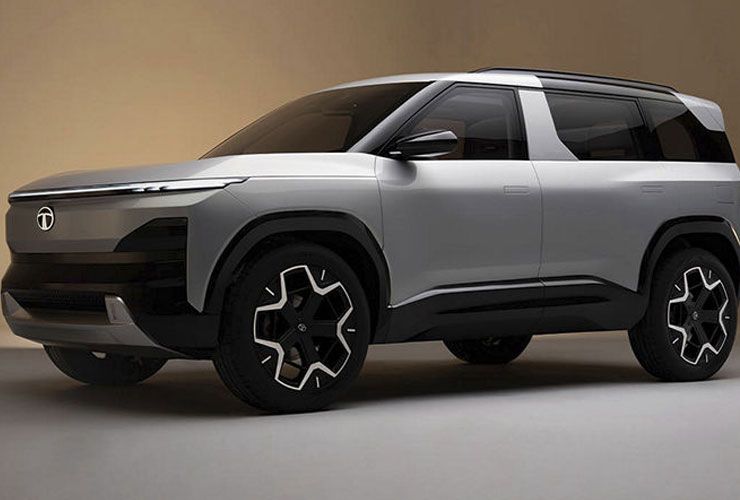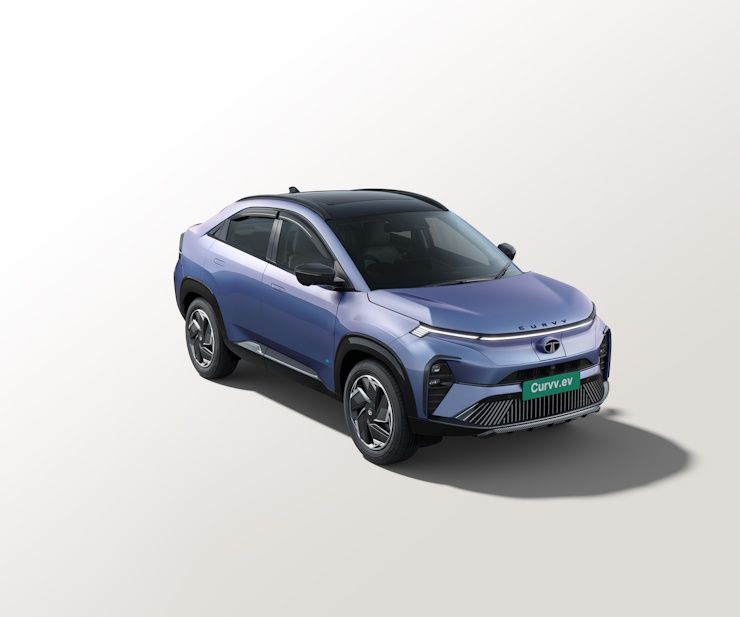Tata Motors' Two New Electric SUV Launches For 2025 Confirmed!


Tata Motors is doubling down on its electric vehicle strategy with two major launches lined up for 2025: the Harrier EV and the long-awaited Sierra EV. Both models were formally confirmed as part of Tata’s largest-ever product push announced recently, signalling a pivotal moment in the company’s electrification journey. What sets these launches apart is not just their timing but the emotional and strategic weight they carry for Tata Motors as it prepares to scale new heights in the electric SUV space.

The Harrier EV was first previewed in concept form, but Tata has now confirmed that the production version will hit the roads in 2025. The electric Harrier will build on the design and footprint of the current internal combustion model, but underneath the familiar bodywork will be Tata’s new-gen EV architecture. This likely refers to the Gen 2 EV platform, which accommodates born-electric changes while still being based on existing ICE vehicle structures.
The significance of the Harrier EV goes beyond just expanding Tata’s electric portfolio. With the Nexon EV already established as a leader in the mainstream EV segment, the Harrier EV allows Tata to finally enter the premium mid-size electric SUV category, where options are still few and far between. This segment currently lacks locally manufactured options with substantial range and features, and the Harrier EV could be well-positioned to plug that gap.
Expect it to come with dual-motor all-wheel-drive options, a significantly larger battery pack than the Nexon EV, and more advanced features such as connected tech and ADAS, possibly adapted from the ICE Harrier’s latest update. The car’s size and upright SUV stance will appeal to those who want presence, space and range all bundled into a single electric package.

If the Harrier EV is about tactical presence, the Sierra EV is about emotional recall. The original Tata Sierra from the 1990s still has a cult following, and Tata has teased the return of the nameplate over the past few Auto Expos.
Now, it’s officially happening. The Sierra EV will launch in 2025 and will be a born-electric model with design inputs that nod to the original, including the signature rear glass area - but reinterpreted for a modern audience.
This model is not just a rehash of an old name. The Sierra EV is expected to sit on Tata’s upcoming born-EV platform that allows for flat floors, flexible interiors, and longer wheelbases. In other words, this EV won’t just be about nostalgia. It’ll offer contemporary packaging and a tech-rich experience in a relatively compact but premium footprint.
With a futuristic exterior and a lounge-like cabin experience being hinted at during earlier showcases, the Sierra EV could appeal to a more lifestyle-oriented audience: buyers who value design, space, and sustainability as much as they do performance or brand value.
These two EVs are part of Tata’s broader plan to launch multiple new vehicles across powertrains and segments starting 2025. While many carmakers in India are cautiously experimenting with electrification, Tata appears to be preparing for a full-on assault. This is not just about adding a few electric options to the mix, it’s a systemic ramp-up with scale, manufacturing support, and portfolio depth.

The Harrier EV and Sierra EV will effectively complement Tata’s EV lineup, which already includes the Tiago EV, Tigor EV, and Nexon EV. With these additions, Tata is creating a five-layered EV portfolio that stretches from budget-conscious hatchbacks to lifestyle SUVs and premium family cars. Importantly, all of this is being underpinned by vertical integration, shared platforms, and localisation which are key factors that will help Tata maintain price advantage and service reach.
What makes the 2025 timeline so crucial is the larger industry context. Battery prices are expected to fall, infrastructure is slowly improving, and EV policies are maturing. Tata seems to be aligning the launch of its most ambitious EVs with this expected wave of acceptance and scale.
The Harrier EV will test whether existing ICE customers are ready to move to an electric version of their favourite SUV. Meanwhile, the Sierra EV could open a new market altogether comprising buyers who want something more unique and lifestyle-focused than traditional SUVs.
Both models are designed to do more than just add numbers to Tata’s EV sales. They are brand shapers, segment definers, and possibly, trendsetters. If they get the pricing and performance mix right, 2025 could be the year Tata transitions from being a leader in budget EVs to a serious player in the premium electric space as well.